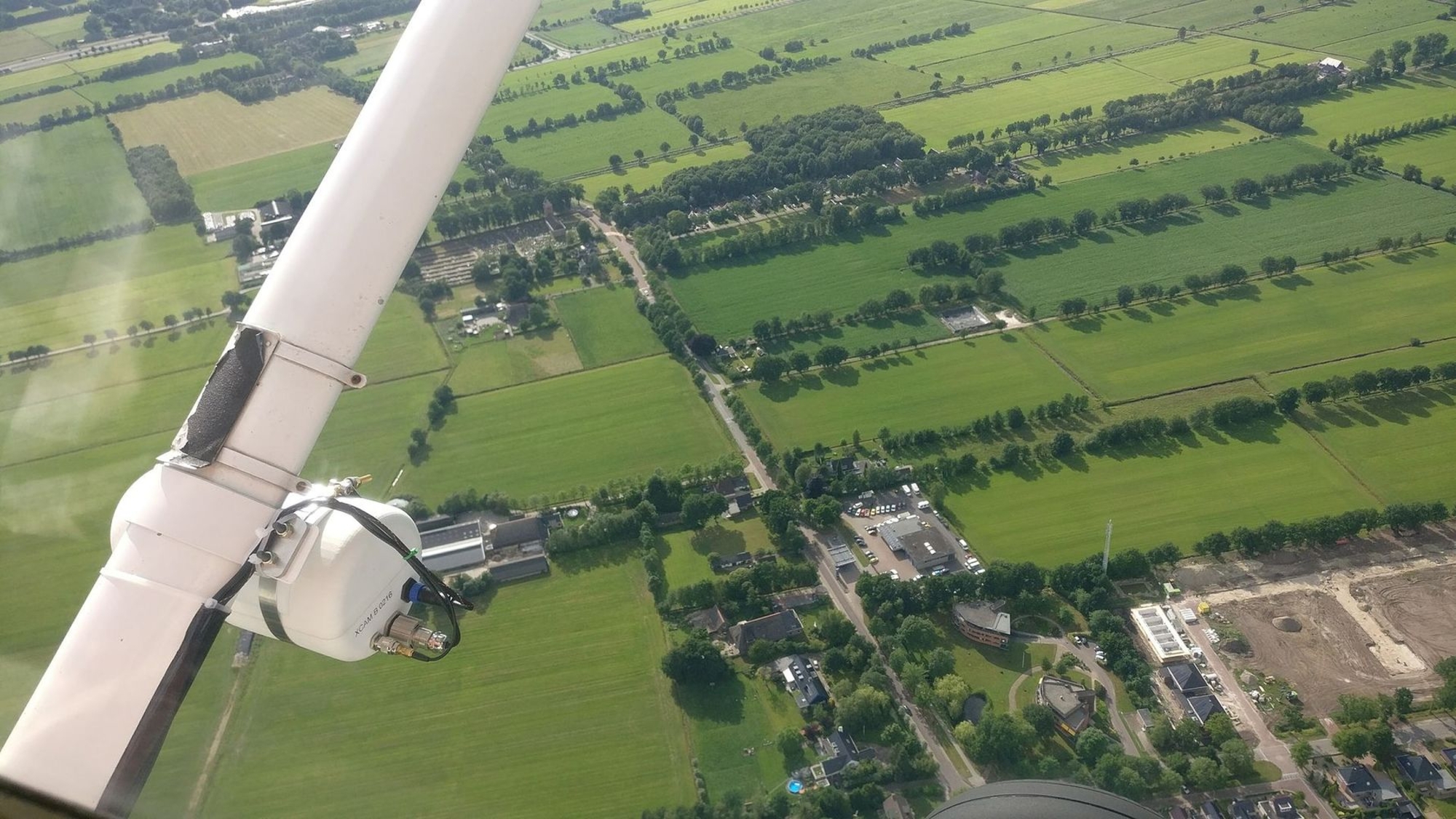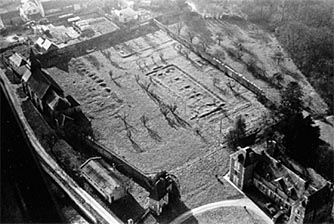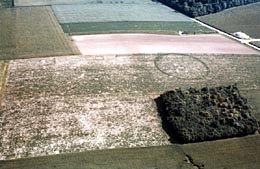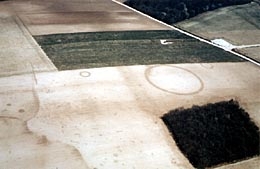- Home
- Prospecting
- A day in the air
Moyencourt-lès-Poix (Somme). Cast shadows in winter, thanks to the sun low on the horizon, clearly highlights the layout of what one would take to be ancient constructions. In fact, these are World War II barracks!
The best times for prospecting
Although some would say otherwise, there is no way to precisely predict the best day (or days) for the appearance of the "ghosts of the past". At the very most, one can say that there are periods that are more or less favorable for the appearance of this or that type of clue to buried archaeological remains.
From January to April, when agricultural land has been laid bare by plowing, one can hope to discover soil anomalies, either when the ground is completely saturated with rain, or through hygrographic anomalies, due to residual dampness, particularly when the ground starts to dry. One should also take advantage of a blanket of snow, and contact the meteorological service, which can tell you if there is a chance of frost or dew in the morning. Very short-term local weather forecasts are crucial for aerial archaeology.
At Cocquerel (Somme), at the place known as "Les Groseillers", in early July. Circular Bronze Age enclosures, spotted long ago among the crops.
The same site in March, with bare ground that is beginning to dry. Today, the circles are much more visible, and many other details emerge as well.
From late April to late July, des phytographic anomalies will become apparent as crops grow and mature, particularly in periods of drought, and especially when the drought occurs as the plants really start to push upwards and are most in need of water.
From the beginning of August until the end of the year, there is little chance of finding clues on the ground. Nevertheless, in October, the leaves turn beautiful colors, and this is the moment to photograph landscapes and topographic clues. Obviously, winter, when the sun is low on the horizon, creates shadows in pastures and wooded areas and thus highlights very low-relief features (skiagraphic clues)— although these images must be interpreted with caution.



